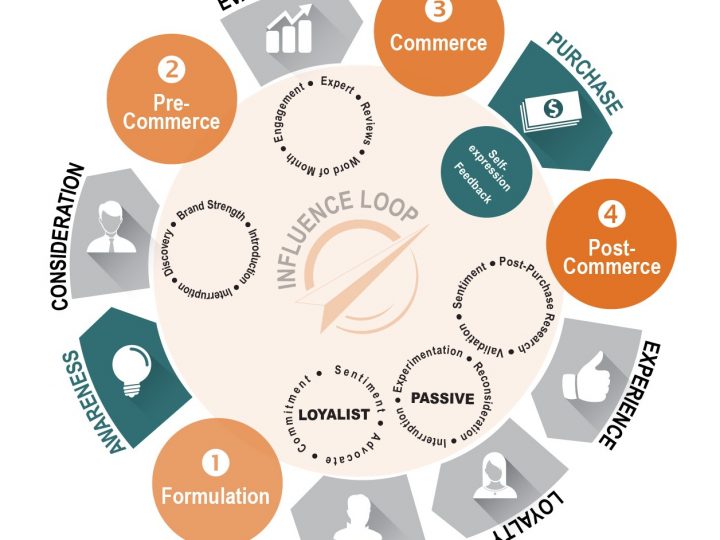
Taking care of your customers is how you stay in business. Customer support lines, email accounts, and in-person offices give customers touch points to reach out and solve their problems. However, this has become increasingly insufficient to meet the demands of a socially connected world.
Twitter accounts and Facebook pages have become open forums for consumers to ask questions about your products— and complain about the service they receive. According to the Sprout Social Index, consumers keep turning to social media for customer support.
Unfortunately, most of their messages go unanswered. This lack of focus on social media based customer service costs US businesses an estimated $41 billion a year.
So what can you do to keep up?

1- Monitor Social Media
Tools such as Hootsweet or Tweetdeck allow you to set up custom-tailored streams that let you keep an eye on only tweets you want to see. Monitoring tools also have the advantage of sending emails when you receive a mention, meaning you don’t have to constantly check back your accounts and can spend more time working on your business.
At the very least, you should be checking your social media notifications. Most customers will directly message your property when they’re looking for answers. A daily check to see if you have any questions will ensure timely answers.
2- Dedicate Time to Reply
All the monitoring in the world won’t do anything if there’s nobody there to reply. Unless you have somebody manning the “phones”, so to speak, then your social presence remains a void. Depending on the size of your business, you might not need somebody full time. However, replying should be on somebody’s task list.
Preferably, you’ll want to implement a whole strategy that integrates social media into your pre-existing customer service processes.
3- Remember It’s a Conversation
How many times have you solve a customer service issue with a single email? The answer is likely ‘never’. Once you reply to a customer’s question, you have to keep tabs on the string of messages to make sure your customer walks away satisfied. Once you receive a complaint, keep following up until the issue is solved, just like a normal customer service call.
For more information, check out the Sprout Social Index’ infographic on social customer care:









